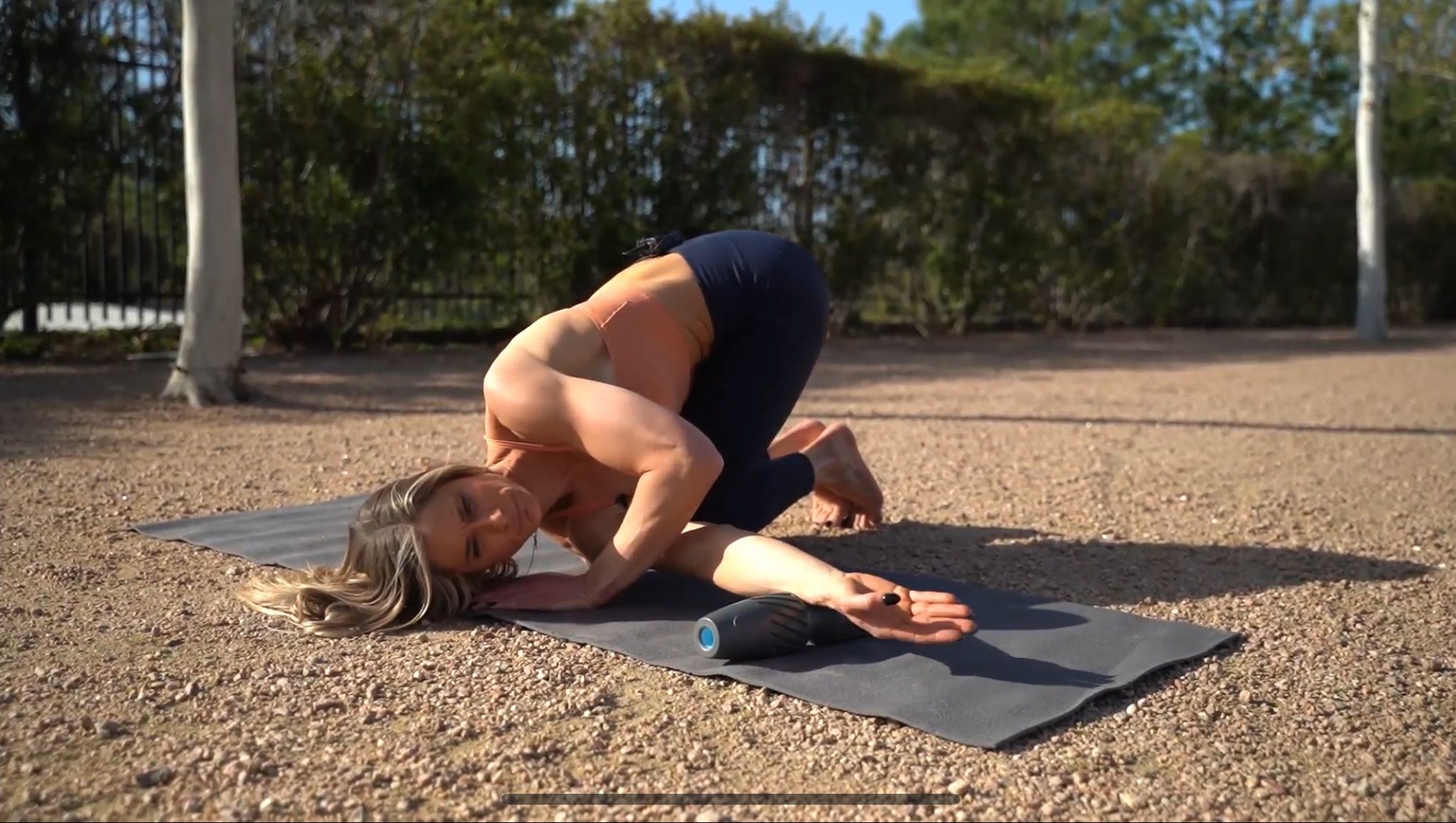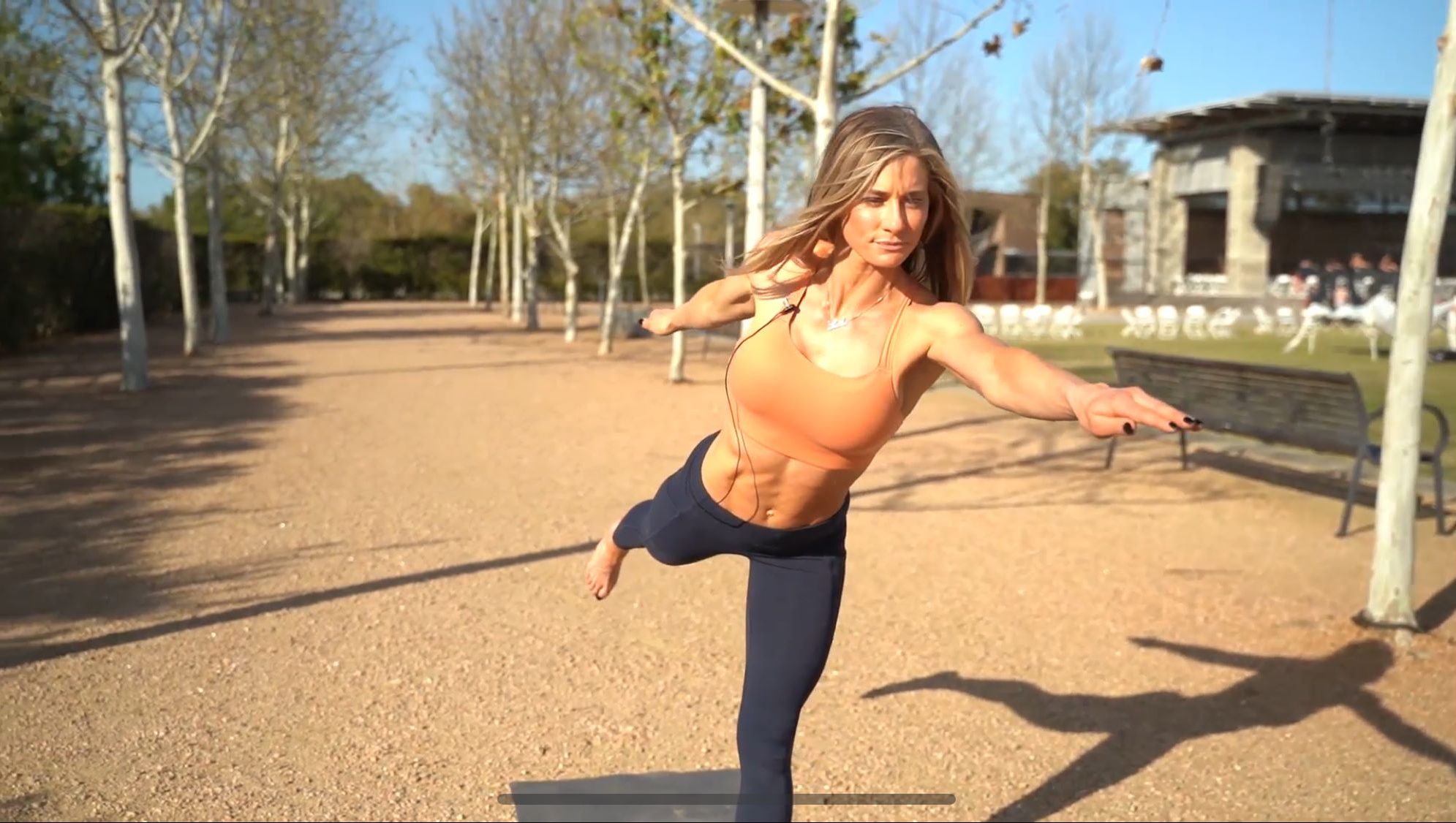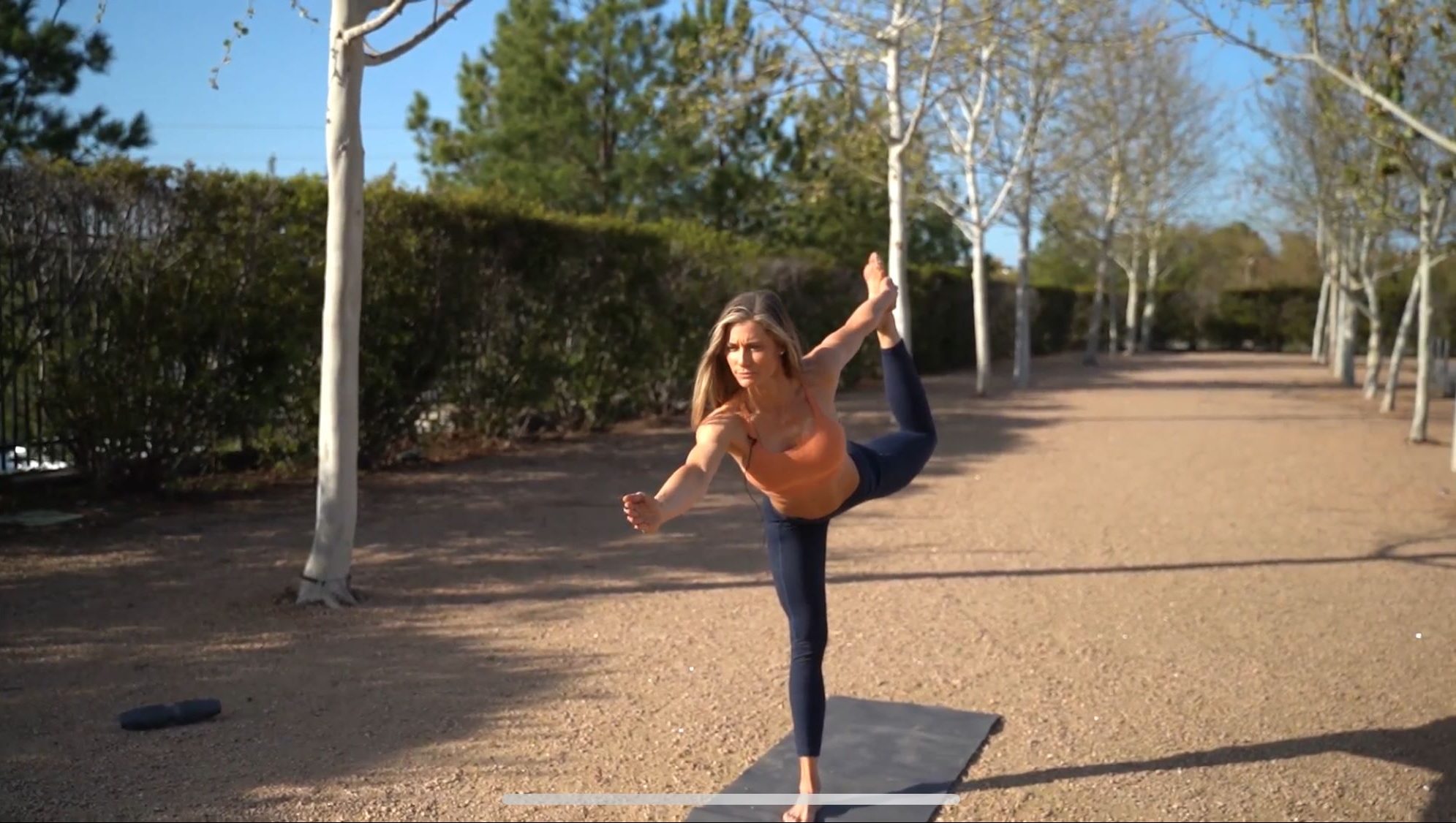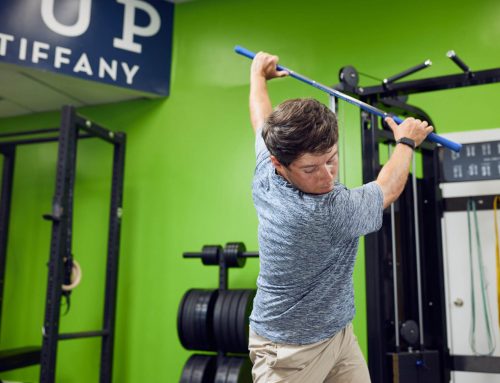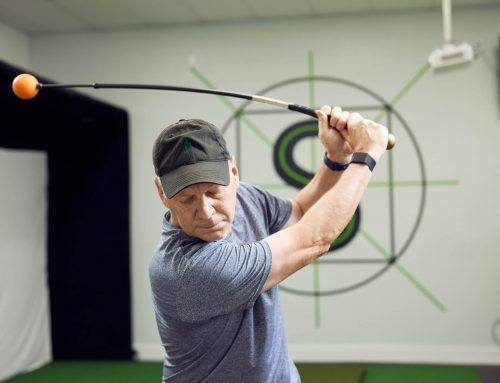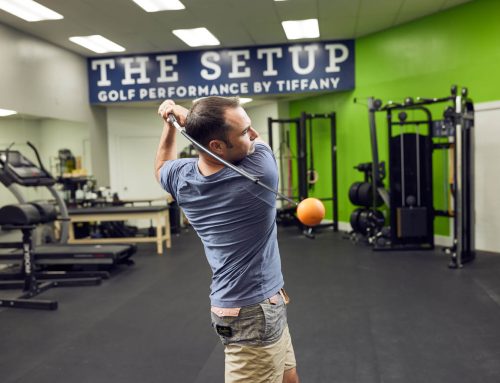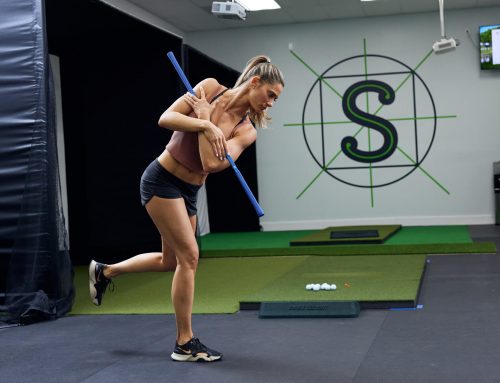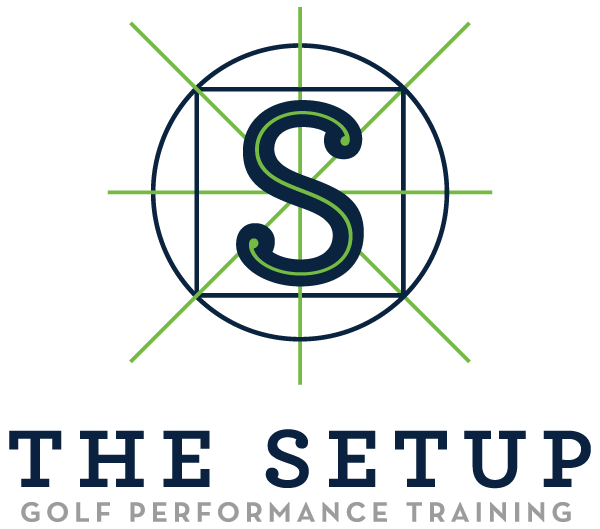Your own body is the most powerful and effective piece of equipment you can use on a golf course. The world’s greatest players know that the most effective way to improve a golf game is to improve the quality of the body playing the sport. The players who are winning are the ones training their bodies to get more “golf fit”. Whether you are looking to hit the ball farther and straighter, or to play pain-free – golf fitness is your “X” factor. This may be the greatest influence determining the success of a golfer at the most elite level of the sport.
Playing at an optimal level requires you to optimize the body that is swinging the club. One of the main reasons players find it difficult to improve their swing is that they are often unable to physically perform the technique that they and their golf instructor are trying to achieve. If a player lacks the mobility, strength, or proprioception to move in a specific direction, range, or kinematic sequence their golf teacher is instructing them to do, they may simply not have the physical skill set to do it. They are most likely working on a movement that their physical state has not “earned.” Enhanced movement brings a more efficient golf swing. A more efficient golf swing allows you to quickly and safely make changes to your technique. The most effective way to improve technique and scoring will not be to continually beat balls on the range, but rather to improve the body.
There are three key principles to developing a technically efficient golf swing – ground force reaction (GRF), the kinetic chain, and potential energy. Each of these principles plays an integral role for improving power and speed generation.
Let’s first take a look at Ground Reaction Force (GRF). For maximal power creation, the ground must be the first link in the chain of energy transfer. The force the ground transmits into a golfer is known as the ground reaction force. GRF is then transferred up through the legs, into the pelvis, throughout the core, shoulders, arms, and finally golf club and ball. Transmitting this energy from the ground to the ball with the most efficiency creates the most power in your body.
The best ball strikers all follow the same “Kinematic Sequence”. There is an identical sequence of speed or energy initiation followed by an identical sequence of energy transfer. All great ball strikers begin by generating speed from their lower body and transferring that speed through their torso into their arms and then into the club. Each segment of the body builds on the previous segment, increasing speed up the chain. Each segment of the chain slows down as the next segment continues to accelerate. Sequence is the key to consistency and accuracy. Energy transfer and segmental stabilization is the key to power. A weakness or injury in one area of the body will impede the transfer of energy. The body then compensates and as a result will lead to overuse injuries within the joints, muscles, tendons, and ligaments, making an efficient swing impossible.
A big misconception is that you have to be strong and fast in order to generate power in your golf swing. Power can be improved by increasing the amount of potential energy that is stored within the body and used to create force. Improving the body’s ability to move directly correlates to power. Increasing joint movement just 10% results in a large accumulation of movement potential throughout the swing. Increased mobility = increased potential energy. When a golfer can increase their mobility and move with full range of motion as they move to the top of their backswing, they are able to create maximal potential energy within the body that can then be transferred to the club head through the kinematic sequence as the downswing leads to impact. READ THAT AGAIN! You can only maximize the use of this potential energy stored in your backswing IF you can efficiently transfer the energy through the kinetic chain. Mobility is useless (and may even do more damage!) if it cannot be controlled. A proper fitness training program for golf increase mobility (or potential energy) AND a way to control it.
In order for a golfer to efficiently transfer energy during their golf swing, ALL skill sets – kinetic balance, stability, power – must be present as they move their bodies through the required range of motion. If one area is limited, the swing suffers, and injuries occur. A successful golf fitness routine will include mobility exercise, stability movements for the core, lumbo-pelvic-hip region and shoulders, balance and proprioception (body awareness) exercises, and strength and power movements. Cycling through periodized training “phases” ensures constant progressions for your body and continued gains.
Every golfer’s body is different. The exercises a golfer needs depend on what aspects of golf fitness need the most work. A successful fitness program should be designed around three things:
- Always begin with a comprehensive movement assessment.
- Specific training goals.
- Specific timing of the training program.
Always begin with a comprehensive movement assessment. Titleist Performance Institute’s philosophy of the human body: “The body works in an alternating pattern of stable segments connected by mobile joints. If this pattern is altered – dysfunction and compensation will occur.” I utilize the TPI Screening to assess foundational mobility and stability movement patterns. This will identify the player’s strengths and weakness – limitations and restrictions – that allows the training professional to create the most efficient fitness program possible. Assess don’t guess!
Specific training goals. Most golfer’s training goals are to “hit the ball far and straight”. Hopefully you now have a better understanding that to hit the golf ball well depends on how efficiently and effectively your body moves throughout the golf swing.
Specific timing of the training program. The timing of workouts is largely dependent on the time of season (pre/post-, competition, rehab/recovery, post-injury). Understanding appropriate timing will be especially important for those who compete professionally or consistently play in tournaments.
There are many ways to swing a club. What is the most efficient swing for YOUR body? Only by maximizing your own athletic profile can you truly achieve optimal efficiency in your golf swing. What is the framework for building greater full body movements that are powerful and resistant to injury? Mobility, balance, body awareness (proprioception), stability, strength, power, and speed trained in correct order of progressions is the most efficient training that also reduces risk of injury. You MUST improve your body to handle the demands of the golf swing! If you don’t have the resources to have a proper assessment conducted, assume deficiencies in ALL areas. The best and safest wat to start your workout program is with a focus on mobility, balance, proprioception, and stability, rather than strength and power.


